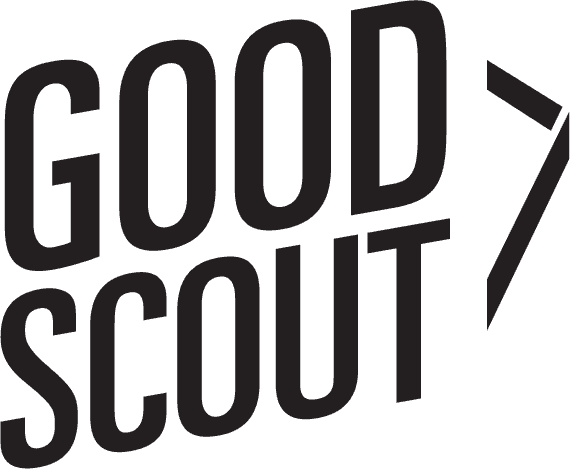Each aspect of your organizational strategy plays a critical role in the health of your brand. But as you track a course toward your goals and implement tactics to scale growth and amplify impact, external factors can affect the fruition of your efforts.
While optimizing on-the-ground program work is important, preparing for complex change and putting systems into place that prepare your team to manage shifting expectations creates a strong foundation for positive momentum in your organization. Change management helps ensure the health of your brand over time and establishes structures that allow your team to adapt.
Keep reading for insights from Cindy Jones-Nyland, Professional Certified Coach and Senior Strategist at Good Scout Group. She shares her recommendations on managing complex change to keep teams anchored on your organizational mission.
Preparing for Complex Change in Your Organization
Change is inevitable, but scanning the horizon and preparing for different scenarios can help you stay ahead of the curve and create a clearer path when conflict arises.
The pandemic gave a glimpse into just how important this is for organizations and businesses alike. Unpreparedness led to the closing of doors for many, and a common language began to develop around adapting to unprecedented challenges.
“If you look at the older, traditional nonprofits that have been around for a long time, they’re hovering at the bottom of the change curve,” Jones-Nyland explains. “They’re right at the point where you either have to make a decision to climb up and find new ways of working, or go back and do the same thing over again.”
Creating contingency plans for possible change scenarios eliminates the chaos in emergency response or when things are ever-changing. It gives you and your team time to react appropriately and helps mitigate the immediate stress of starting from scratch.
Complex change is not a matter of if it will happen; it’s a matter of when it will happen. Having a plan in place ensures that when that occasion approaches, your organization can keep its sights on the end goal, rather than be excessively distracted by in-the-moment challenges.
Scenario Planning for a Nimble Organizational Structure
As you create a blueprint for change, Jones-Nyland recommends using theoretical scenarios to create contingency plans.
“It is more of a foresight methodology than a forecast methodology,” she says. Utilizing data to understand trends and anticipate events that may cause challenges can alert you to the need to prepare and allow flexibility when things change. By contrast, forecasting can be too prescriptive and leaves very little room when things don’t go exactly as you planned.
With the overturning of Roe v. Wade, for example, organizations such as Planned Parenthood saw massive changes in their revenue flow. “It didn’t matter what side of the issue you might have been on. It galvanized giving in a different way,” Jones-Nyland says. “If you were scenario-planning three years ago, you could flex and respond accordingly.”
In another example, Jones-Nyland pointed to Share Our Strength, the nonprofit behind the No Kid Hungry campaign, an organization that Good Scout collaborated with in the creation of a mission-centered fundraising framework supporting revenue diversification.
“They had a goal of increasing annual revenue to $100 million to support programmatic need,” Jones-Nyland says. “Their scenario planning took a longer view for reaching this goal, though it turned out that the goal point was actually much closer.” With a plan in place, Share Our Strength was programmatically prepared to handle the faster jump in revenue and has worked hard to establish architecture that will enable their sustained, long-term expansion.
As a foundation for your plans, it is critical to establish a baseline for program need. How big is the scope you are attempting to impact? Determine your answer, and then double or triple that number. This allows your response to flex fast and scale up or down, as needed.
When Change Disrupts Your Plans, Lean Into Trust
Adjusting your organizational structure to be dynamic and adaptable to complex change may be different than these examples. In fact, your strategy is very likely to shift depending on the type of complexity you encounter. This is just the nature of managing complex change.
Managing changes in finances, leadership, brand reputation, and more all require unique approaches to ensure sustained impact. And, at the core of resiliency in managing complex change is building and cultivating trust. With team trust, you can build and strengthen scenario plans that serve as tools for navigating the unknown.
The more you can prepare your organization for many potential paths, the more flexible you can be in how you approach the unfolding journey.
At Good Scout Group, our expert consultants work with organizations and leaders who are managing complex change. From organizational alignment strategies to individualized executive coaching, we guide you through the change curve so you can emerge well-situated for organizational growth and thriving. To learn more about our change management capabilities, reach out to our team today.
